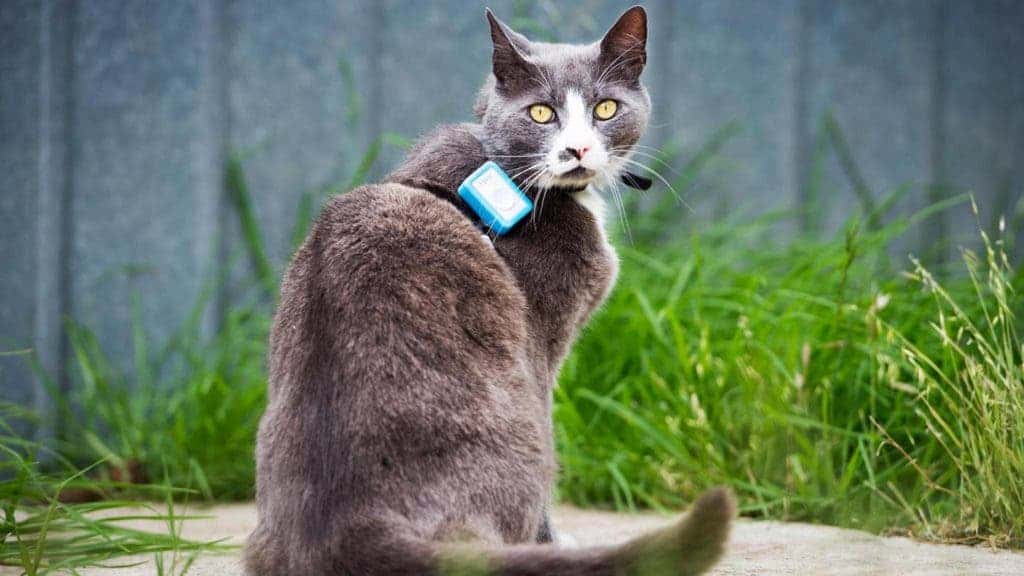
The vast majority of U.S. households own at least one pet and according to a national pet owners survey, there were approximately 95.6 million cats living in households in the United States in 2017. Along with dogs, cats are the most popular pets — but while many of us truly adore these sweet fur balls, pet felines are natural-born killers that can wreak havoc on ecosystems.
Researchers at North Carolina State University and the North Carolina Museum of Natural Sciences distributed GPS trackers to pet owners in six countries, most of which were used in the U.S., U.K, Australia and New Zealand.
By the end of the study, the researchers had collected data on the movements and prey-catching of 925 house cats — and the results were gruesome.
The cats killed up to 10 times more wildlife than a comparable predator in the wild. Most of the carnage took place close to home, around a 100-meter radius of the household where cats spend most of their time outside.
“Since they are fed cat food, pets kill fewer prey per day than wild predators, but their home ranges were so small that this effect on local prey ends up getting really concentrated,” said Roland Kays, the study’s lead author. “Add to this the unnaturally high density of pet cats in some areas, and the risk to bird and small mammal population gets even worse.”
Previously, a 2013 study found that pet cats kill between 1 and 4 billion birds each year and up to 22 billion other mammals.
“We knew cats were killing lots of animals – some estimates show that cats in North America kill from 10 to 30 billion wildlife animals per year – but we didn’t know the area in which that was happening, or how this compared with what we see in nature,” Kays said.
The researchers computed the number of animals killed every year by house cats — with some adjustment since not all prey is brought home by cats — and then divided this number of the surface area in which the cats hunted. They found that house cats killed 14.2 to 38.9 animals per 100 acres, or hectare, per year, depending on how lazy or active the house cat is. Most of the ecological damage is done in disturbed habitats, such as housing developments, the researchers reported in the journal Animal Conservation.
For comparison, a jungle cat kills around 400 prey per month. However, its range is around 600 hectares while a house cat’s range is around 3.5 hectares. When the researchers did the math, house cats actually killed 4 to 10 times more prey per unit area than their wild counterparts.
“Because the negative impact of cats is so local, we create a situation in which the positive aspects of wildlife, be they the songs of birds or the beneficial effects of lizards on pests, are least common where we would appreciate them most,” said study co-author Rob Dunn from NC State. “Humans find joy in biodiversity, but we have, by letting cats go outdoors, unwittingly engineered a world in which such joys are ever harder to experience.”
While we’re on the subject of cats, you might also enjoy learning about:









